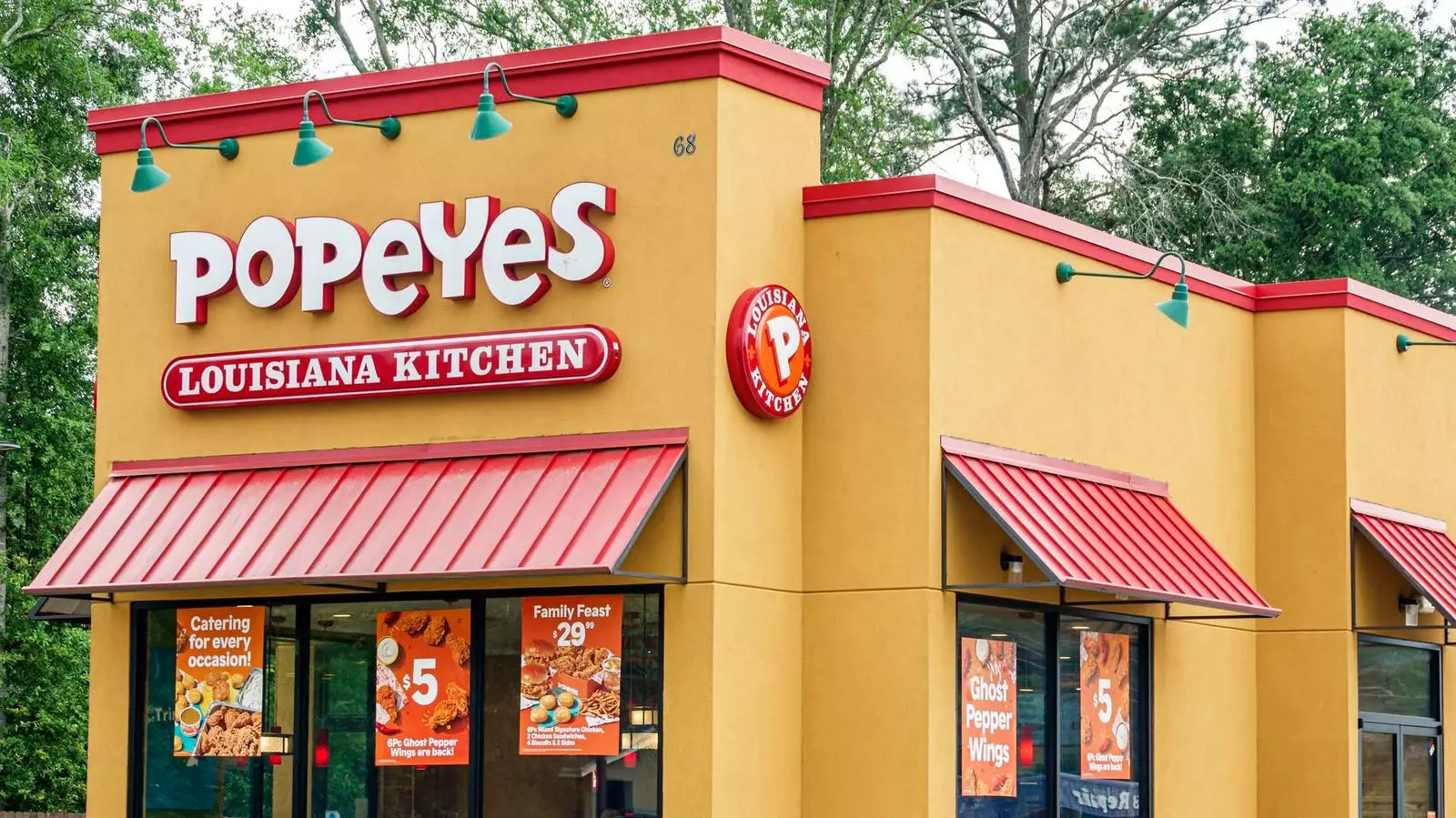In 2025, the landscape of food collaborations has transformed dramatically, evolving from mere marketing tactics to integral components of our culinary experiences. These partnerships span a diverse spectrum of industries and touchpoints, reflecting a deeper cultural narrative centered around nostalgia, exclusivity, and experiential indulgence. The merger of casual fast food with premium products not only showcases changing consumer preferences but also underlines a significant shift in the way food is perceived and enjoyed. Gone are the days when food served only a functional role; today’s dining experience demands storytelling and emotional connectivity.
One of the most captivating trends is the fusion of high-end labels with fast-food giants, such as the unexpected collaboration between Don Julio and Popeyes. This partnership exemplifies a burgeoning desire among consumers for luxury within casual dining spaces. People no longer view dining out as a binary choice between fine dining and fast food; they now seek indulgent experiences that blend the two. As a result, brands are not merely pushing out products but crafting narratives that resonate with consumers’ desires for quality and nostalgia. This hybrid approach signifies a pivotal moment in food culture where premium ingredients and comforting fast-food staples exist without hierarchical barriers.
Nostalgia has emerged as a powerful theme in the culinary world, as evidenced by the revival of Pokémon Happy Meals that cater to not just children, but also the millennial parents who grew up with the franchise. This strategic pricing and branding move is not just about selling kid-friendly meals; it taps into a shared childhood experience, evoking emotional responses that foster loyalty. Such campaigns underscore the importance of emotional intelligence in marketing, suggesting that today’s consumers are drawn to products that evoke cherished memories and nurture familial bonds. Food, in this context, transcends mere sustenance, becoming a vehicle for nostalgia that invites customers to reclaim fond memories of their youth.
Another factor continuously shaping contemporary food collaborations is the art of creating scarcity. As seen with the exclusivity surrounding KFC and McDonald’s themed offerings in conjunction with the release of “Squid Game” Season 2, limited-time menus and unique packaging not only drive sales but also build anticipation and excitement. The fervor around these partnerships feeds the Fear of Missing Out (FOMO), compelling consumers to act quickly for fear of regret. This phenomenon turns routine dining into an engaging event, highlighting how strategic collaboration can compel consumer behaviors and foster community through shared experiences, all while driving brand loyalty.
The emergence of celebrity partnerships in the food sector, such as Post Malone’s limited-edition Oreos, illustrates a significant pivot towards authenticity in branding. Today’s consumers are hyper-aware of brands’ intentions, and they seek collaborations that reflect genuine aspects of a celebrity’s persona rather than a simple endorsement. This trend indicates that successful food collaborations must encapsulate the artist’s narrative, enabling fans to find a deeper connection with the product beyond mere consumerism. More than ever, authenticity resonates with today’s audiences, fostering trust and engagement – essential elements for sustaining brand loyalty.
As we look toward the future, it is clear that food collaborations will continue to be a reflective surface, illuminating consumer desires and behaviors. The ever-evolving landscape of culinary partnerships will likely embrace even more eclectic fusions, bridging divides among various food cultures while continually pushing the boundaries of creativity and innovation. From nostalgic retrospectives to the luxury of experience-based dining, culinary collaborations in 2025 are not merely about satisfying hunger but about crafting meaningful experiences that celebrate culture, history, and community. The journey has just begun, and as consumer tastes evolve, so too will the narratives woven into our everyday meals.


Leave a Reply